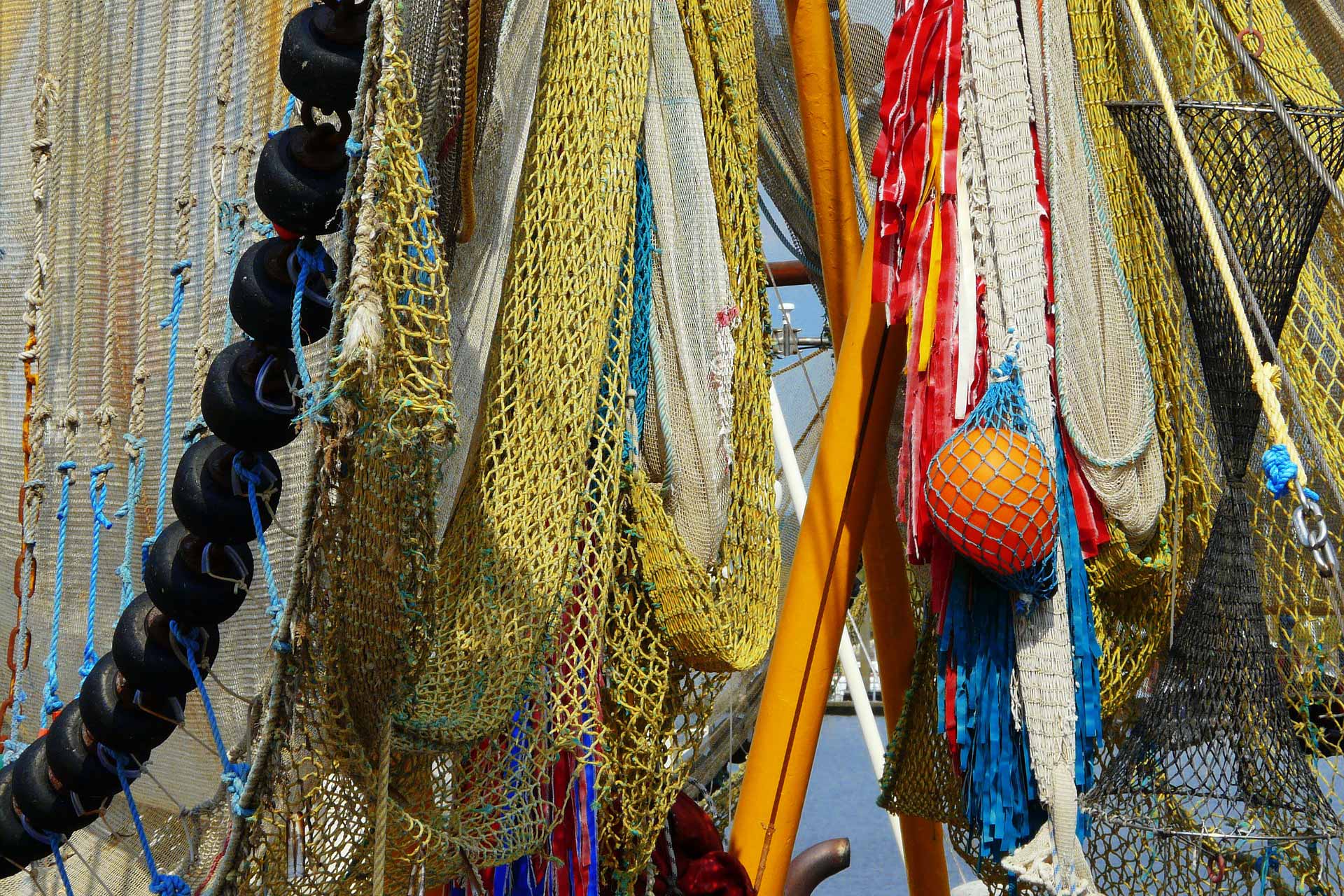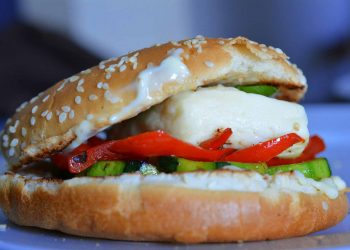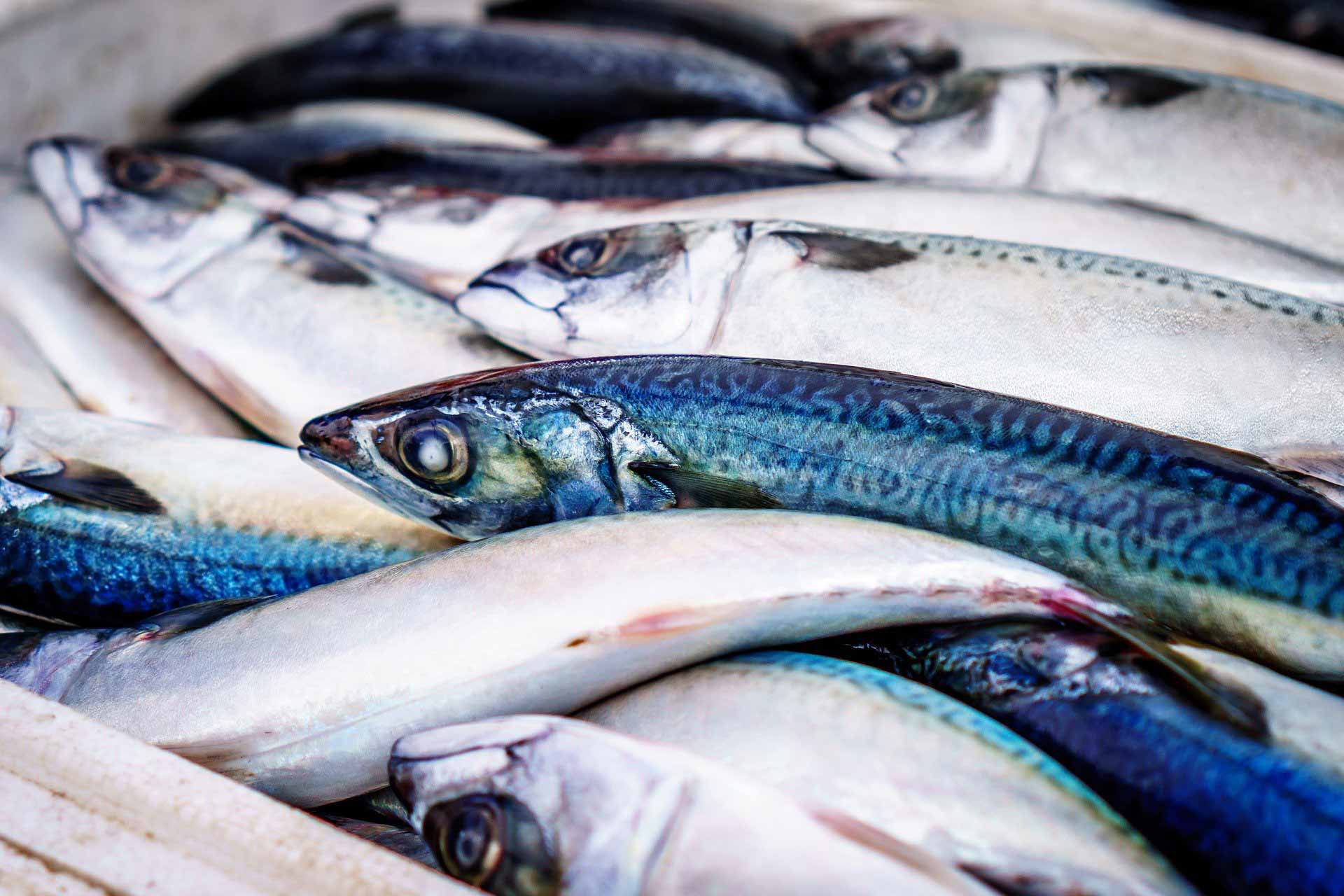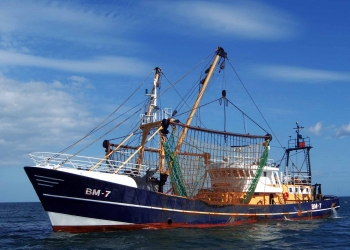Following a long night of negotiations, EU fisheries ministers agreed to provisional catch quotas until March due to ongoing Brexit negotiations. An ecological alarm from activists is calling to put a stop to overfishing in the European Union as soon as possible. All EU member states adopted this objective to reform the Common Fisheries Policy (CFP). They all need a solution for the Europe’s overfishing problem.
EU Ministers reached an agreement on the catch limits for over 200 commercial fish stocks. The fishing area covers the Atlantic, the North Sea, the Mediterranean and the Black Sea for 2021. In the case of deep-sea species, for 2021 and 2022. More than 100 of these stocks in the Atlantic and North Sea have been co-managed with the UK during the last decades. Under the ongoing Brexit talks, EU ministers agreed to set provisional quotas for the fish stocks shared with the UK. The provisional quotas are designed to ensure the continuation of sustainable fishing in the concerned areas until consultations with the UK are concluded. A similar approach was agreed for the stocks co-managed with Norway.
Brexit and COVID-19 created an unprecedented situation for our fishing communities. This year’s negotiations were, in many cases, done in unchartered waters. But I think that the agreement we forged, is a good compass for the months to come. It allows us to secure continuity and a clear future for our fishing communities to the maximum extent possible without undermining our sustainability commitments.
Julia Klöckner, Germany’s Federal Minister of Food and Agriculture
Catch Quotas
The provisional quotas include a proportionate roll-over of the existing 2020 fishing opportunities for the first three months of 2021. This deal applies a 25% ratio of the total existing Union quota. Ministers agreed on certain exceptions to this approach based on seasonality. Certain stocks are mainly fished at the beginning of the year like mackerel and blue whiting. Scientific advice suggests drastic cuts for some stocks like the northern prawn.

To safeguard the stocks, ministers agreed to reduce catch limits. The reducction focus inter alia, plaice in Kattegat, Norway lobster in Skagerrak, hake and pollack in the Southern part of the Atlantic. Several deep-sea species, include one stock of roundnose grenadier and black scabbardfish.
Regarding the fishing opportunities in the Mediterranean and Black Seas, ministers agreed to further reduce demersal fishing efforts in western Mediterranean by 7.5% with a view to sustaining fish stocks in the area. This reduction is part of the commitment for an overall and gradual reduction of up to 40%. This is active until the beginning of 2025. Until progressively reach maximum sustainable yield for all stocks concerned in these highly mixed fisheries.
EU Commission proposal
As always in the December Council the negotiations were intense. This year the Agrifish Council did not convene in November. Over the last two days the Fisheries ministers had to agree on three proposals for fishing opportunities. Catch Quotas in the North Sea and the Atlantic, in the Mediterranean and the Black Sea, and the deep-sea stocks. This made this December Council exceptionally challenging.
Fish Quotas rule fishing opportunities in the Baltic Sea
The Council agreement confirmed to a large extent the initial Commission proposals, which established fishing opportunities mainly in the form of yearly total allowable catches (TACs) and quotas by fish stocks in the different fishing zones. TACs and quotas concern stocks that the EU manages either autonomously or jointly with third countries. For instance with Norway and the UK mainly in the North Sea, Celtic Sea and the Skagerrak,. Also EU follow agreements reached in the framework of Regional Fisheries Management Organisations (RFMOs). The proposal for the Mediterranean and the Black Sea includes fishing effort and other technical provisions. The setting of TACs and quotas is an annual, and in the case of deep-sea species a biennial, management exercise decided upon by the Council in accordance with Article 43(3) of the TFEU.
Brexit fishing catch quotas
The stakes of the negotiations were very high. EU needed to address all three sustainability pillars – environmental, social and economic. The EU’s fleet has suffered from the COVID-19 crisis and is facing uncertainty due to still ongoing EU-UK negotiations. With urgent support measures in last spring, we have been able to bring a slight relief. But today EU also needed to give our fishermen and women a perspective beyond 2021.
EU-UK waters? Fishing rights in a common Brexit fishery zone
Fishing at Mediterranean and the Black Sea
In addition to the quotas for the North Sea and the north-east Atlantic, agreements cover the catch opportunities for specific deep-sea species and for the Mediterranean and the Black Sea.
On the western Mediterranean, the Council has agreed to decrease the fishing effort by 7.5% in addition to the 10% effort reduction for 2020 that was already included in the Western Mediterranean multi-annual plan. The scientific advice was very clear on the extremely poor state of the demersal stocks. It shows also what measures we need: 19 stocks out of 22 remain dramatically overfished.















